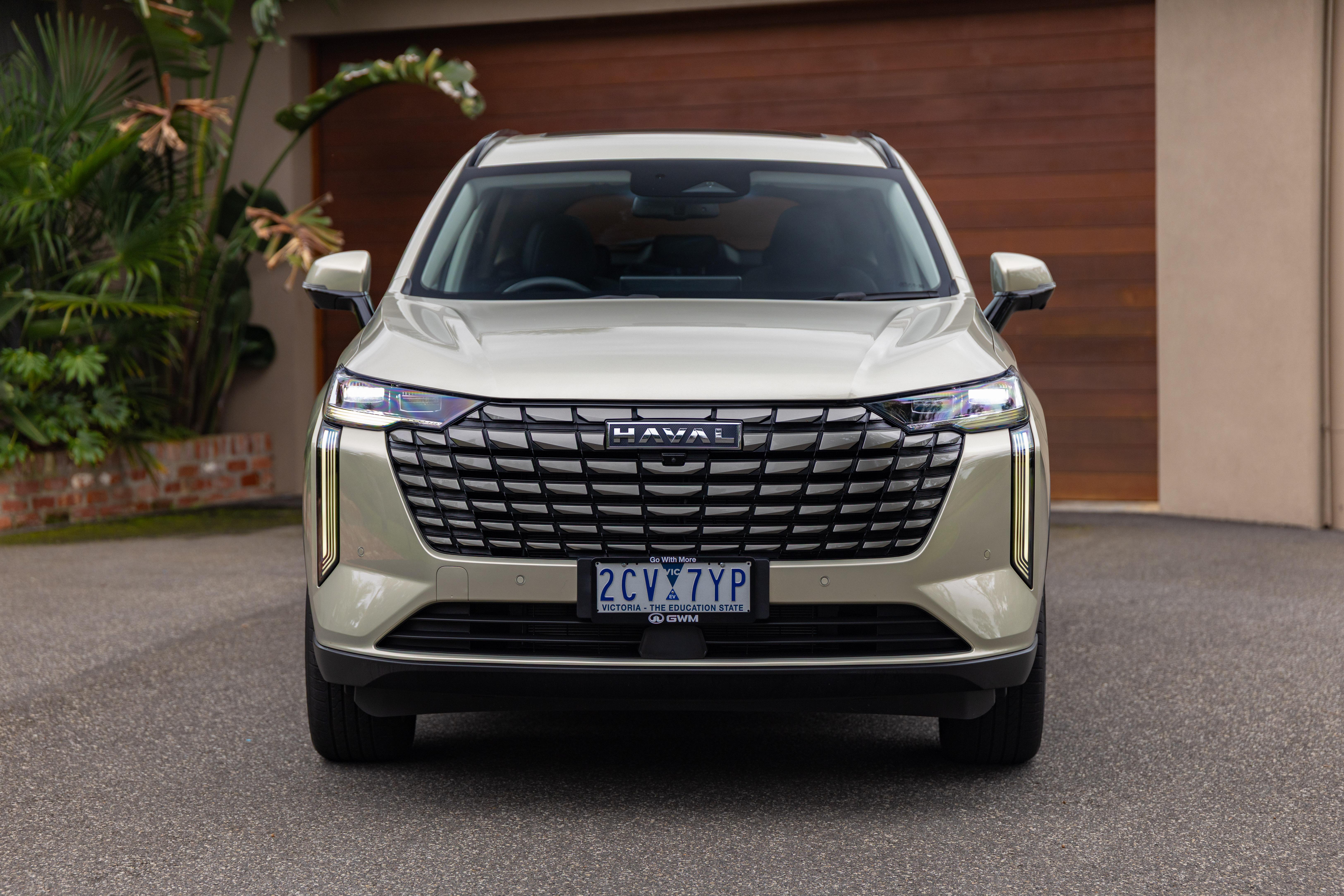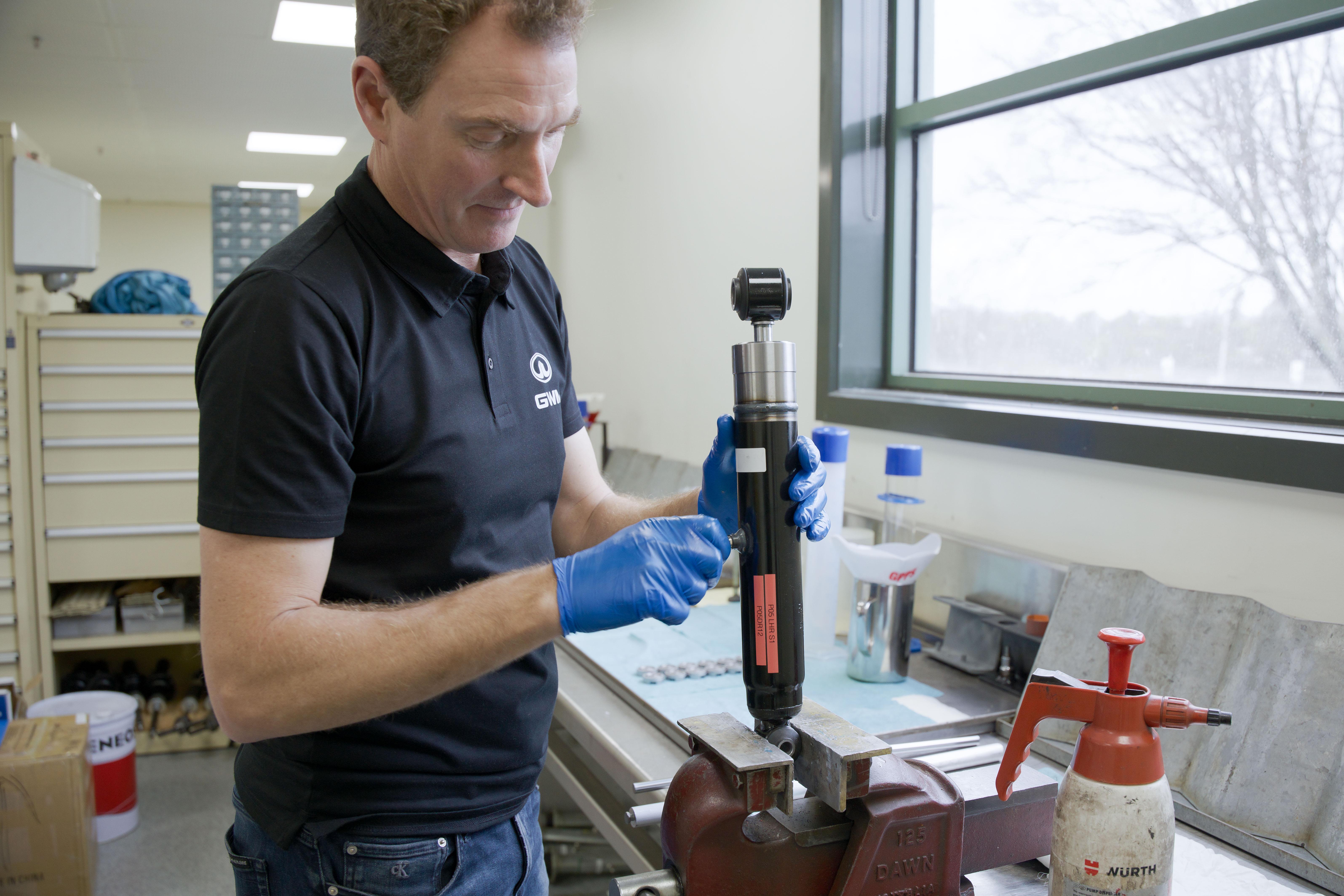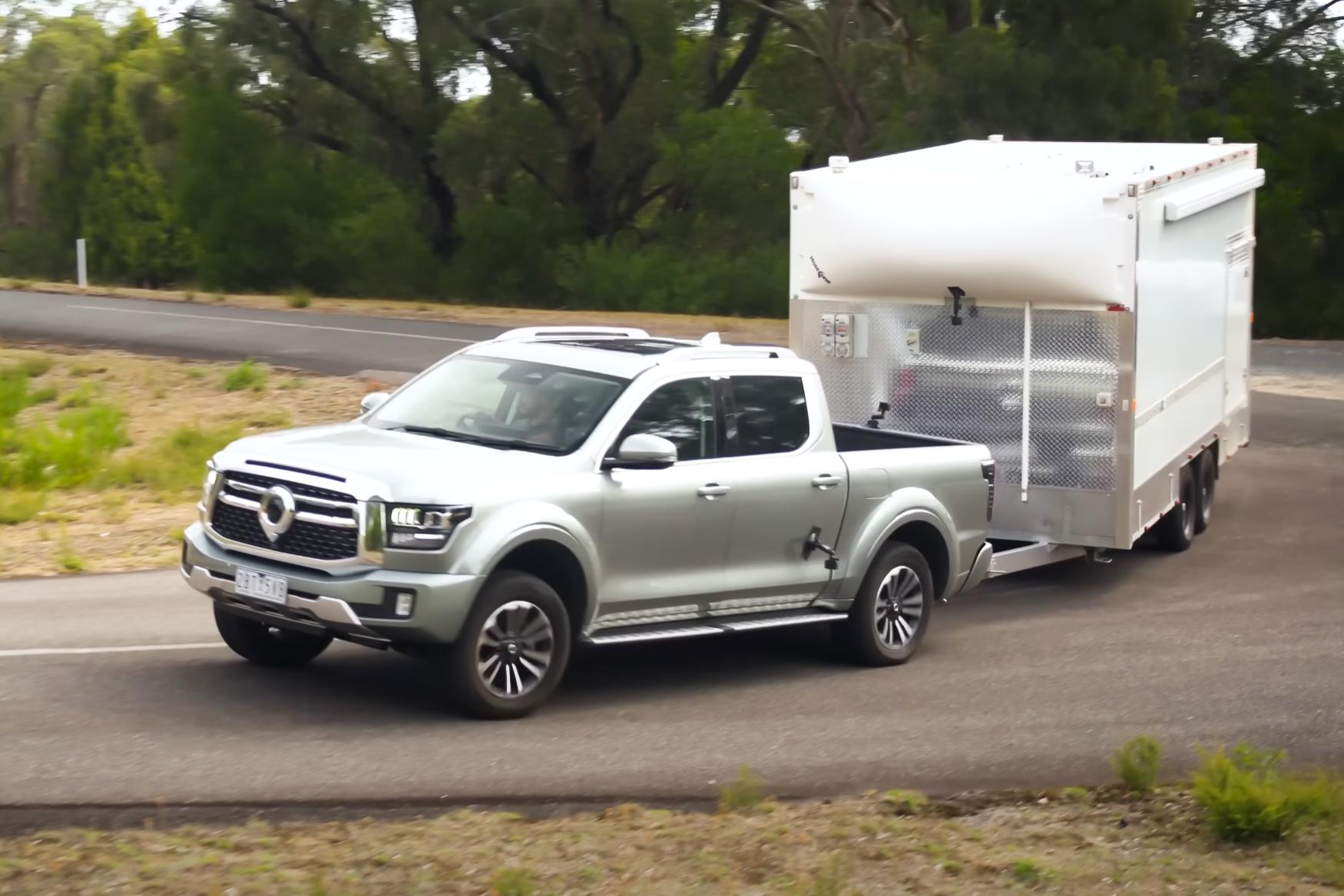The Haval H6 mid-size SUV, GWM’s answer to the top-selling Toyota RAV4, will be the Chinese automaker’s first model to benefit from local chassis tuning after GWM Haval Australia hired ex-Holden ride and handling expert, Rob Trubiani, to tweak its vehicles for Aussie roads.
The first vehicles to benefit from Mr Trubiani’s experience, which includes decades of fine-tuning Holden models including several generations of Commodores, will be H6s built in China from November and due in local showrooms the following month.
The H6 Trubiani-fettled H6, which promises a driving experience better suited to local roads, will be followed by Australian-tuned versions of other models including the GWM Cannon Alpha dual-cab ute, and eventually the entire GWM Haval lineup.
“We aim to give the driver confidence but also give our passengers a nice comfortable experience,” said Mr Trubiani at a recent GWM event at the former Holden proving ground in Lang Lang, Victoria.
CarExpert can save you thousands on a new car. Click here to get a great deal.

The first chassis tunes are dubbed ‘AT1’ – which stands for ‘Australian Tune One’ but is also a wordplay of Trubiani’s philosophy of being “at one” with the vehicle – and will include upgraded steering and suspension systems.
The changes come after GWM said it received feedback from both customers and media that its vehicles would perform better with a local chassis tune rather than one designed for smoother Chinese roads.
“When drivers are most relaxed in the car, when they are most in tune and they’re most playful with their vehicle, they feel confident. For me, having confidence in the car is what gives you excitement,” explained Mr Trubiani.
“The damper control you need is lower, whereas on our roads – because they have much more undulation and upsets, and all of this kind of stuff – you need to put in more damper control.

“It’s not like we drove the cars and thought, ‘Oh god, we’ve got a lot of work to do here’. There are tweaks, there are tunes – they’re not major overhauls. SSo that’s what was exciting for me.”
The retune involves a complex array of steering and suspension calibration changes – including electric power steering adjustments, damper settings, and spring rates – and the former Holden chassis whisperer says the effort reaps rewards for the everyday customer.
“For me, within a minute steering angle, you’re assessing probably nine different things,” Mr Trubiani told CarExpert.
“The general public don’t need to know all of those minute details, but they need to be comfortable that the car is responding as they’re expecting.”

The engineering guru says he’s not benchmarking particular rivals or other great-handling cars, but is instead developing a set of pre-determined characteristics for each GWM model he works on.
“I obviously have driven lots of cars, but I’m not targeting the feel of a specific car. We’re giving it the GWM feel. I’ve got a very clear idea in my head of how I want cars to steer, ride and handle – I have a clear idea on where I want GWM to be and we just keep driving towards it.
“Linearity for me is the real key to our cars. The vehicle needs to feel linear, where your driver input gives you an expected output – and again, that’s all part of that confident feeling.
“I’ve spent my career driving through potholes, not avoiding them – I will drive right through them because it’s a tuning element, right? The car’s got to respond to that correctly.”

The tuning is carried out in Australia, where the ex-GM Lang Lang proving ground is central to the program, so much so that GWM has taken up an official residency at the Victorian facility and is even in negotiations to purchase the sprawling rural site.
“We can use this facility, but we also do lots of assessment on public roads – it’s not just in the proving ground,” said Mr Trubiani, who’s chassis upgrades will be applied at the factory in China.
“For example, on the dampers, there are valve codes. So, those codes list exactly all the components inside that damper. We then feed that information back to the engineers at head office, and they then work with the supplier to put that through to production.
“There’s a validation process that the parts need to go through and then a production process to get them onto the assembly line. We basically give them the specs of what to build, [and] they then go away and build that.”
MORE: Explore the GWM showroom

